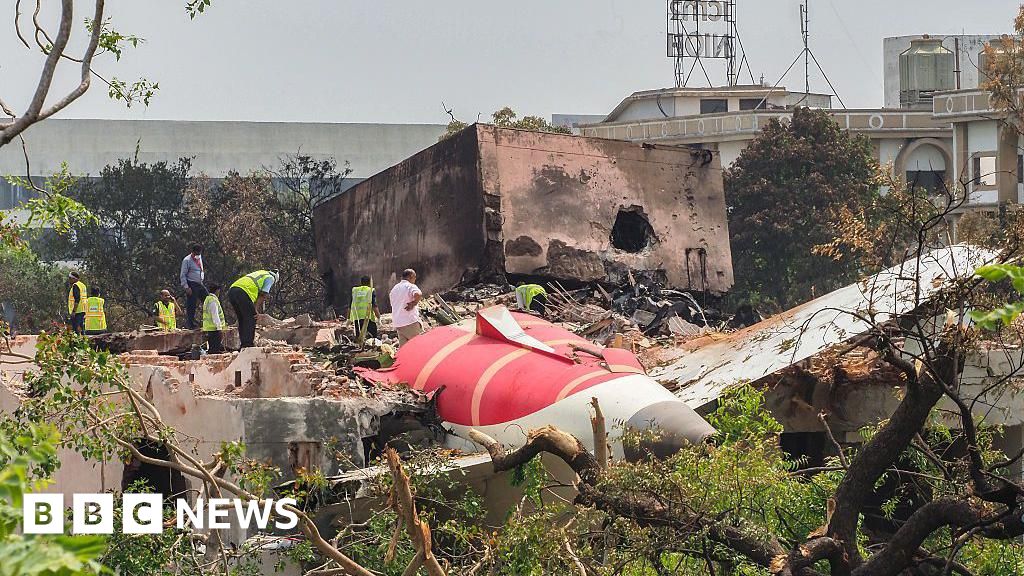A team of astronomers and astrophysicists at the Chinese Academy of Science’s National Astronomical Observatories has found evidence suggesting that a “gas clump” in a fast-moving cloud in the neighborhood of the Milky Way may be a dark galaxy. Their findings are published in the journal Science Advances.
Prior research has led to a theory describing the existence of “dark galaxies” made up predominantly of dark matter. Such galaxies would not contain stars. To date, no such galaxies have been observed, though there have been many that were originally thought to be.
In this new effort, the research team was analyzing data from the Arecibo Observatory in Puerto Rico and the Aperture Spherical Radio Telescope in China, both of which had been focused on a high-velocity cloud at the periphery of the Milky Way called the AC-I Complex—and more specifically, on a gas clump within it called G185.0–11.5—when they found evidence that the gas clump was a dark galaxy.
High-velocity clouds are thought to be material that is being pulled into another galaxy, in this case the Milky Way, and many are thought to be made of material left over from another galaxy that was torn apart as it was pulled or as it was blown from a supernova.

The data from the telescopes showed that G185.0–11.5 is roughly 900,000 light years from Earth and that it has a rotational structure—it also showed that it has no stars, which, the researchers suggest, may indicate it is a dark galaxy. Other measurements showed that the clump contained 21 times more unexplained matter than normal matter, suggesting the presence of dark matter.
The research team also suggests the dark matter in the clump is influencing its rotation. They conclude by noting that G185.0–11.5 is close enough for study by other ground-based telescopes, which means that if it is a dark galaxy, further scrutiny could soon prove it.
More information:
Xiao-Lan Liu et al, Discovery of a high-velocity cloud of the Milky Way as a potential dark galaxy, Science Advances (2025). DOI: 10.1126/sciadv.ads4057
© 2025 Science X Network
Citation:
High velocity gas-clump in Milky Way neighborhood may be a dark galaxy (2025, April 24)
retrieved 27 April 2025
from
This document is subject to copyright. Apart from any fair dealing for the purpose of private study or research, no
part may be reproduced without the written permission. The content is provided for information purposes only.

















